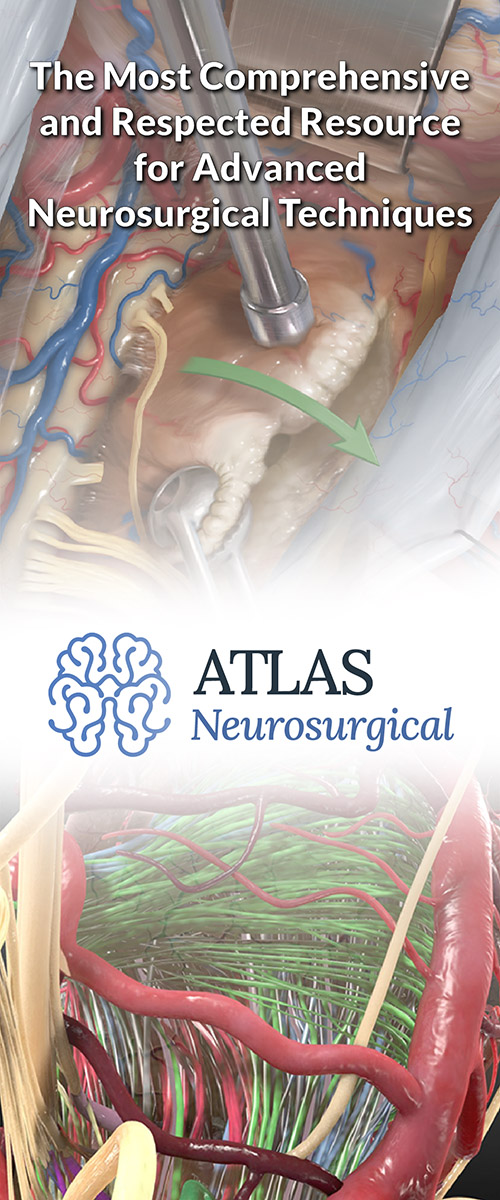Diagnosing CNS Lymphoma
Central Nervous System (CNS) lymphoma is a rare and serious cancer that can affect the brain, spinal cord, or eyes, presenting unique challenges for diagnosis. Its symptoms, such as headaches, vision changes, or cognitive difficulties, can mimic other conditions, making early identification crucial for effective treatment.
The complexity of the central nervous system adds another layer of difficulty, requiring advanced diagnostic techniques and specialized expertise. From non-invasive imaging scans including MRIs to surgical biopsies, each step in the diagnostic process plays a critical role in confirming CNS lymphoma and understanding its impact on the body.
This blog provides an informative guide to the diagnostic journey for CNS lymphoma, empowering patients and their loved ones. By learning about these processes, you’ll be better prepared to navigate medical consultations and make decisions about care with confidence.
Initial Evaluation
The diagnostic journey often begins when a patient presents with symptoms that suggest a possible CNS issue. These symptoms can include:
- Persistent or severe headaches, often worse in the morning or improving after vomiting
- Cognitive difficulties, including trouble concentrating, remembering, or performing familiar tasks
- Personality, mood, or behavioral changes
- New onset of seizures, ranging from convulsions to subtle alterations in sensation or consciousness
- Motor skill issues, such as coordination problems, weakness, or numbness affecting walking and daily activities
- Speech and language difficulties, including problems speaking or understanding others
- Vision changes (blurred vision, loss of vision, floaters) and eye discomfort or redness
- Signs of increased intracranial pressure, such as persistent headaches with nausea or vomiting, drowsiness, or reduced alertness
- Spinal cord-related issues, including back pain, tingling or numbness in the extremities, weakness, or bowel/bladder dysfunction
- Systemic symptoms, such as unexplained fever, night sweats, or unintentional weight loss
A thorough medical history and physical examination, including a neurological assessment, are the first steps in evaluating these symptoms.
Imaging Studies
Once a neurological condition like CNS lymphoma is suspected, imaging is crucial for the diagnostic picture. The following modalities are most commonly used:
- Magnetic Resonance Imaging (MRI): MRI is the preferred imaging technique for CNS lymphoma. It can provide detailed images of the brain and spinal cord, revealing the presence of tumors. MRIs can show characteristic features of CNS lymphoma, such as single or multiple lesions that often enhance with contrast material.
- Computed Tomography (CT) Scan: While not as sensitive as MRI, a CT scan can be used if MRI is not available or if the patient has contraindications to MRI.
Why should you have your surgery with Dr. Cohen?
Dr. Cohen
- 7,000+ specialized surgeries performed by your chosen surgeon
- More personalized care
- Extensive experience = higher success rate and quicker recovery times
Major Health Centers
- No control over choosing the surgeon caring for you
- One-size-fits-all care
- Less specialization
For more reasons, please click here.
Lumbar Puncture
A lumbar puncture, commonly known as a spinal tap, is a key diagnostic tool for CNS lymphoma. This procedure involves collecting a small sample of cerebrospinal fluid (CSF) to identify potential signs of cancer.
By analyzing the CSF, doctors can detect abnormal cells, proteins, or other markers that point to lymphoma. This test provides crucial information, helping to confirm a diagnosis and guide the most effective treatment plan.
Biopsy
A definitive diagnosis of CNS lymphoma requires a biopsy, where a sample of the tumor is removed for examination under a microscope. There are different types of biopsies:
- Stereotactic Needle Biopsy: This is a minimally invasive procedure where a needle is guided to the tumor site using imaging for precise placement.
- Open Biopsy: In some cases, an open surgical procedure may be necessary to obtain a tissue sample.
Pathology and Laboratory Tests
The biopsy sample is analyzed by a pathologist who looks for the presence of cancerous lymphocytes and other characteristics that define lymphoma. Additional laboratory tests can include:
- Immunohistochemistry: This technique uses antibodies to identify specific proteins on the surface of cells, which can help classify the type of lymphoma.
- Flow Cytometry: This test measures the physical and chemical characteristics of cells in the biopsy sample and can help differentiate lymphoma from other types of cancer.
- Cytogenetic Analysis: This test looks for chromosomal changes that are characteristic of certain types of lymphoma.
- Molecular Testing: Tests such as polymerase chain reaction (PCR) can detect gene rearrangements or mutations associated with lymphoma.
CNS lymphoma can mimic other neurological conditions, so part of the diagnostic process involves ruling out other potential causes of the symptoms, such as infections, other types of tumors, or demyelinating diseases like multiple sclerosis.
Disease Staging
One of the key aspects of lymphoma diagnosis is distinguishing between Hodgkin's lymphoma and non-Hodgkin's lymphoma. This distinction is made based on the presence or absence of Reed-Sternberg cells, which are characteristic of Hodgkin's lymphoma.
After confirming a lymphoma diagnosis, the next step is staging, which determines how far the disease has spread. This typically involves:
- Additional Imaging Tests: To check for lymphoma in other parts of the body, such as a Positron Emission Tomography (PET) scan.
- Bone Marrow Biopsy: To check if the lymphoma has spread to the bone marrow.
The stage of lymphoma is crucial in determining the appropriate treatment plan and prognosis.
Treatment & Prognosis
Once a diagnosis of CNS lymphoma is confirmed, the healthcare team will develop a treatment plan tailored to the patient's specific situation. This plan will consider the type and location of the lymphoma, the patient's overall health, and other factors.
The period of diagnosis can be stressful for patients and their families. It's important to have support during this time, whether from healthcare professionals, counselors, or patient support groups.
It's worth noting that the type and stage of lymphoma significantly influence treatment options and prognosis. The International Extranodal Lymphoma Study Group (IELSG) scoring system is a widely used tool for predicting survival outcomes in patients with primary central nervous system lymphoma (PCNSL).
This system considers factors like age, performance status, cerebrospinal fluid (CSF) protein levels, involvement of deep brain structures, and serum lactate dehydrogenase (LDH) levels. Based on these criteria, patients are classified into risk groups, providing valuable insight into prognosis and guiding treatment decisions.
Similarly, the Memorial Sloan Kettering Cancer Center (MSKCC) scoring system is another method used to evaluate survival in PCNSL patients. This system focuses on patient age and Karnofsky performance status, a measure of functional ability, to assign risk levels.
These scoring systems help physicians stratify patients, allowing for personalized treatment approaches and realistic discussions about expected outcomes. Both tools play a critical role in managing PCNSL by aligning therapeutic strategies with individual patient profiles.
The prognosis for lymphoma has improved significantly over the years. For instance, the five-year survival rate for Hodgkin's lymphoma is about 89%, while for non-Hodgkin's lymphoma, it's approximately 74%.
Recovery Outlook
The prognosis for CNS lymphoma varies depending on factors such as the patient’s age, overall health, and how quickly treatment begins. Advances in therapies, including high-dose methotrexate and immunotherapy, have significantly improved outcomes for many patients, offering hope for remission and long-term survival.
Recovery from CNS lymphoma often requires a combination of medical treatments and supportive care to manage side effects and rebuild strength. While some patients achieve complete remission, others may experience residual neurological symptoms, emphasizing the importance of follow-up care and rehabilitation services to enhance recovery.
With prompt diagnosis and personalized treatment, many individuals with CNS lymphoma can return to fulfilling and active lives. Regular check-ups with your healthcare team, adherence to treatment plans, and access to supportive resources can further improve the recovery process and overall quality of life.
Key Takeaways
- CNS lymphoma often presents with symptoms that can mimic other conditions, making the diagnostic process challenging.
- MRI is the primary imaging method to identify lesions; CT scans may be used when MRI isn’t an option.
- A tissue sample, obtained through a stereotactic needle biopsy or open biopsy, is essential for confirming lymphoma.
- Pathology, immunohistochemistry, flow cytometry, and molecular testing help distinguish CNS lymphoma from other diseases.
- Throughout diagnosis, it’s important for patients to stay informed, engage with their healthcare team, and seek emotional and social support.




